You must be logged in to view this content. Click Here to become a member of IndyWX.com for full access. Already a member of IndyWx.com All-Access? Log-in here.
Category: MJO
Permanent link to this article: https://indywx.com/video-a-lot-on-the-table-over-the-next-couple-weeks/
Nov 06
The Beat Goes On (For Now)…
The unseasonable warmth won’t last, at least not to this magnitude, but an overall warmer than average pattern should persist over the upcoming couple of weeks.
The teleconnections (positive AO, positive EPO, negative PNA) are aligned in a manner that will drive the ‘mean’ ridge position across the eastern portion of the country.
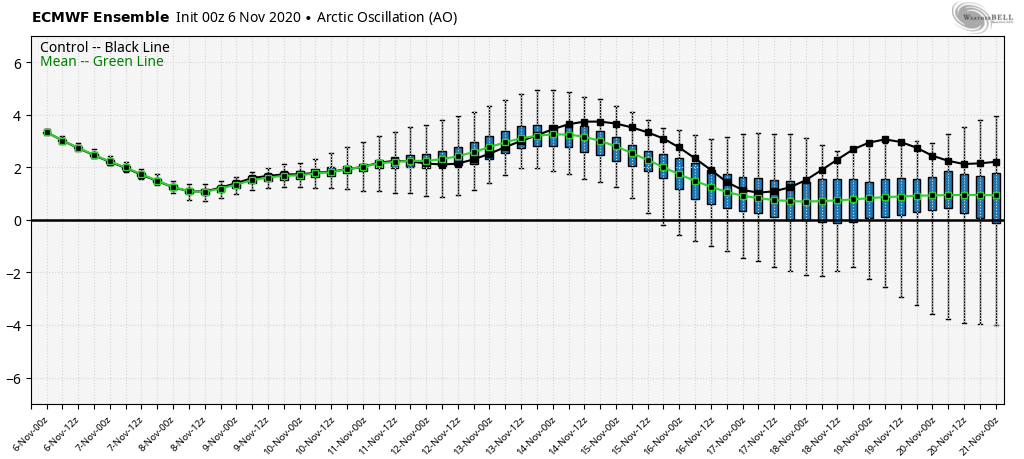
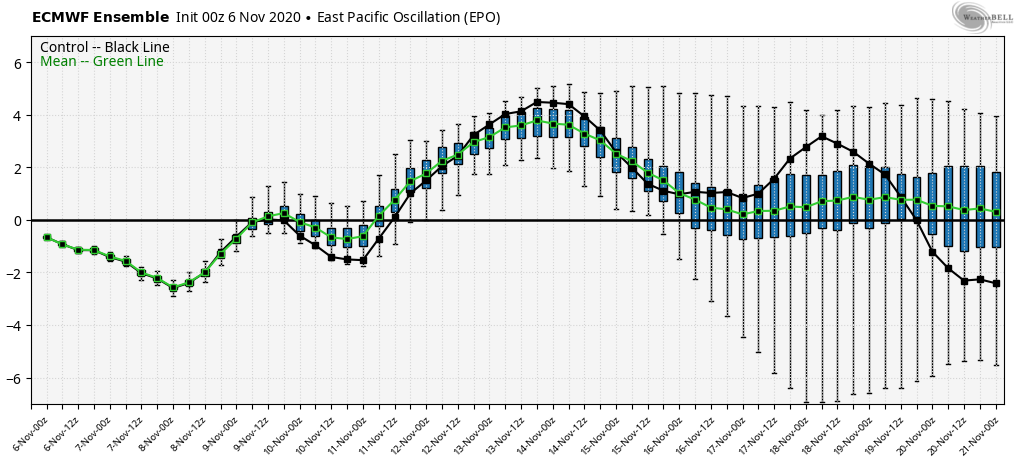
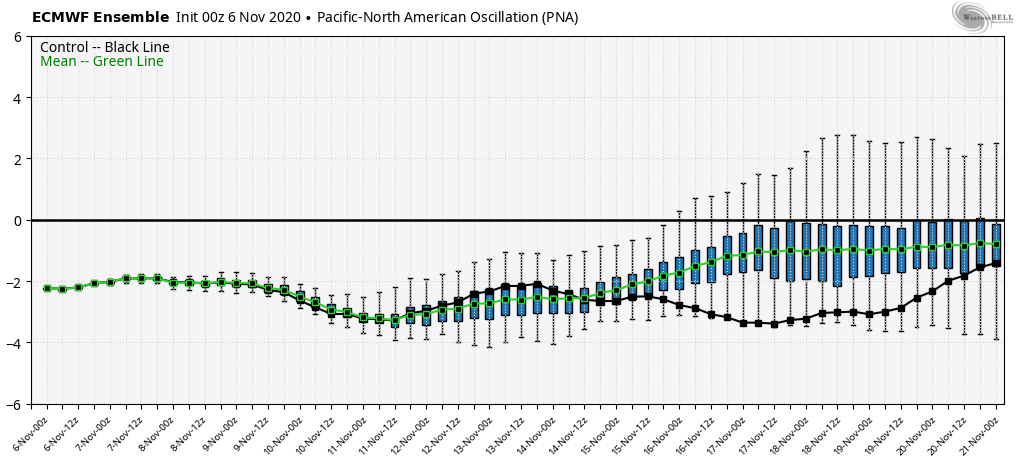
Subsequently, the warmth, relative to normal, remains locked in over the East through mid month. Note how similar the GEFS and EPS are between Week 1 and Week 2.
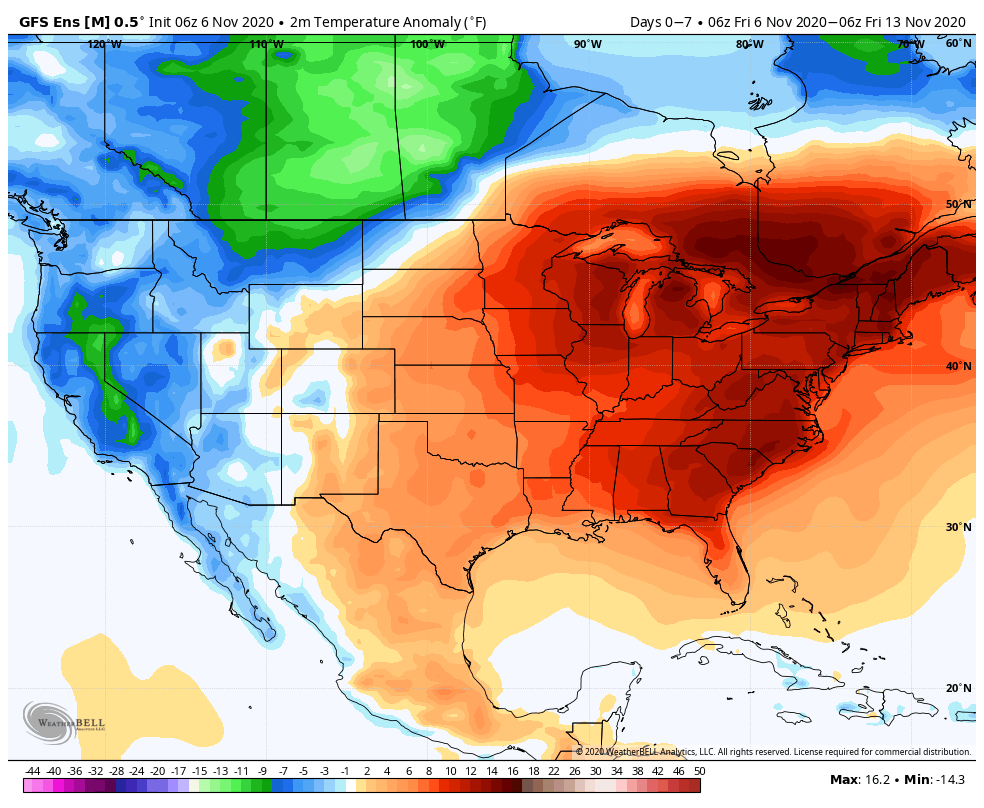
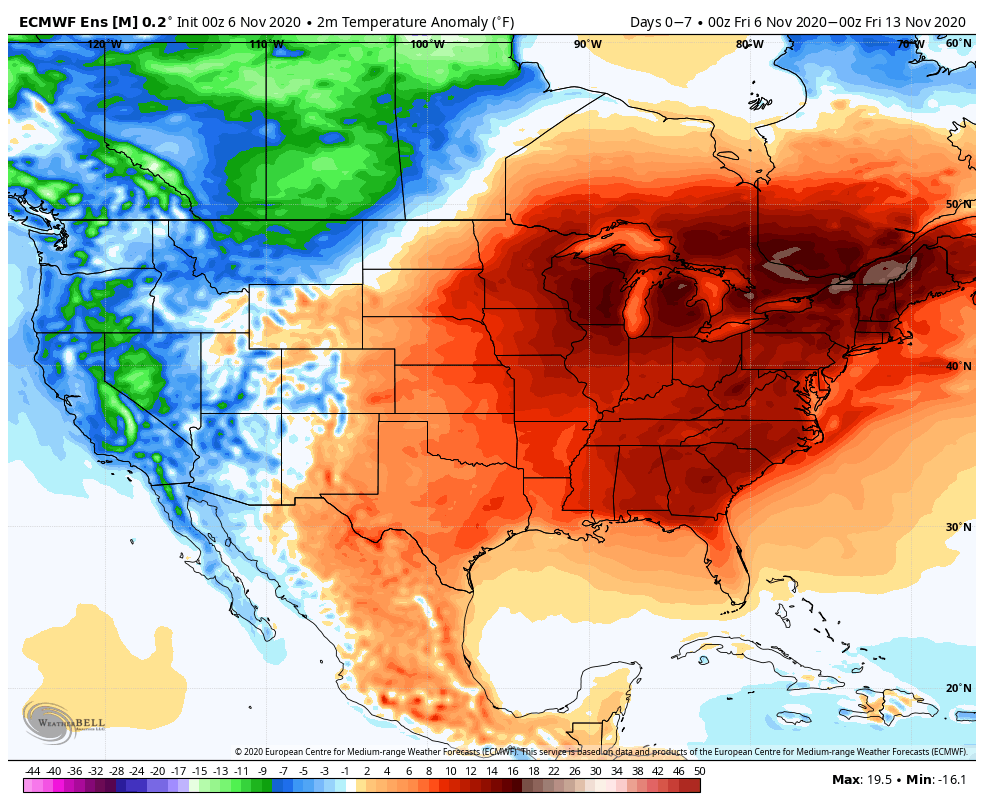
Though we will cool off behind the passage of a cold front next week, we’re still running above normal into Week 2.
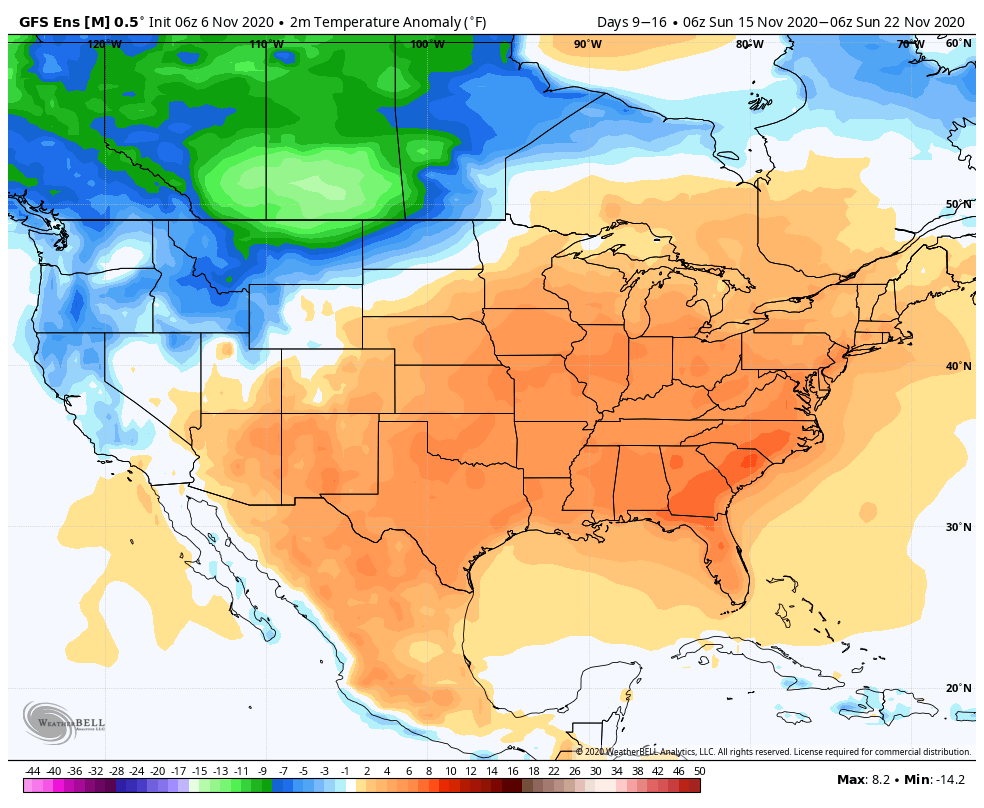

We’re not ready to throw in the towel on the idea we could be looking at a more wholesale pattern shift late month. The MJO supports that idea. Note Phase 2 this time of year favors the chill to settle into the East.
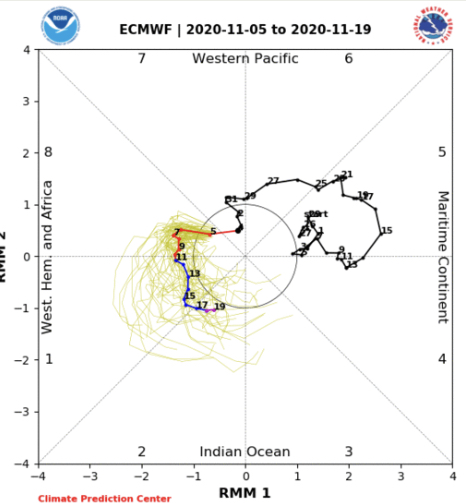

It’ll be an interesting test case in what otherwise looks to be a mild to much milder than normal (and quiet) pattern.
Permanent link to this article: https://indywx.com/the-beat-goes-on-for-now/
Nov 02
VIDEO: Cold Now, But A Moderating Trend Gets Underway Tuesday…
You must be logged in to view this content. Click Here to become a member of IndyWX.com for full access. Already a member of IndyWx.com All-Access? Log-in here.
Permanent link to this article: https://indywx.com/video-cold-now-but-a-moderating-trend-gets-underway-tuesday/
Oct 29
VIDEO: Detailed Look At The Upcoming (10) Days And Beyond…
You must be logged in to view this content. Click Here to become a member of IndyWX.com for full access. Already a member of IndyWx.com All-Access? Log-in here.
Permanent link to this article: https://indywx.com/video-detailed-look-at-the-upcoming-10-days-and-beyond/
Oct 22
VIDEO: Storms Ignite Ahead Of Sharply Colder Air Friday PM; Looking Into Early November…
You must be logged in to view this content. Click Here to become a member of IndyWX.com for full access. Already a member of IndyWx.com All-Access? Log-in here.
Permanent link to this article: https://indywx.com/video-storms-ignite-ahead-of-sharply-colder-air-friday-pm-looking-into-early-november/
